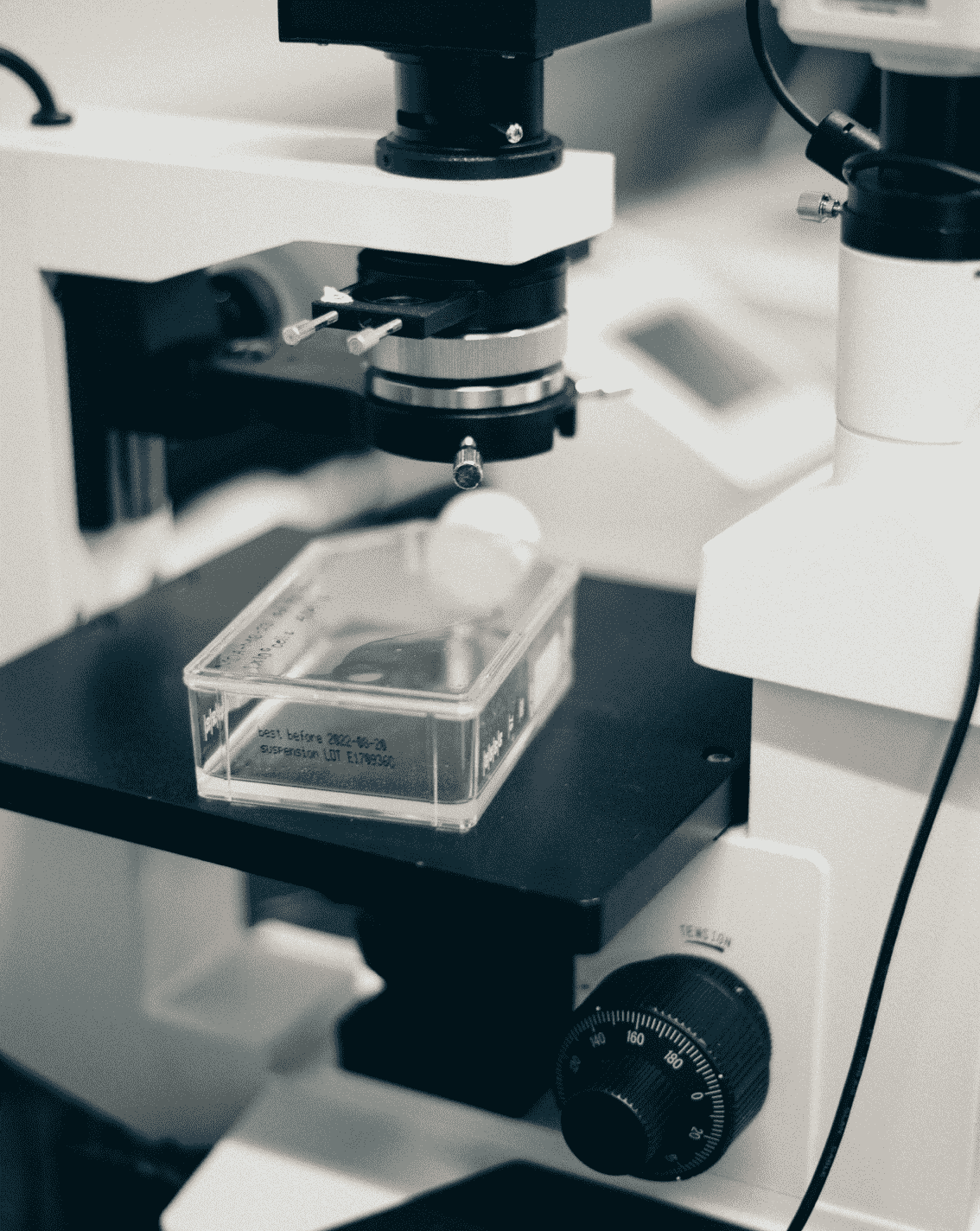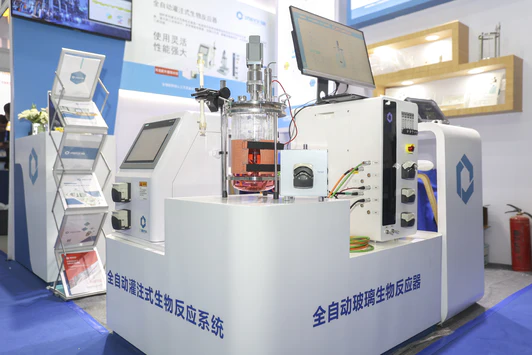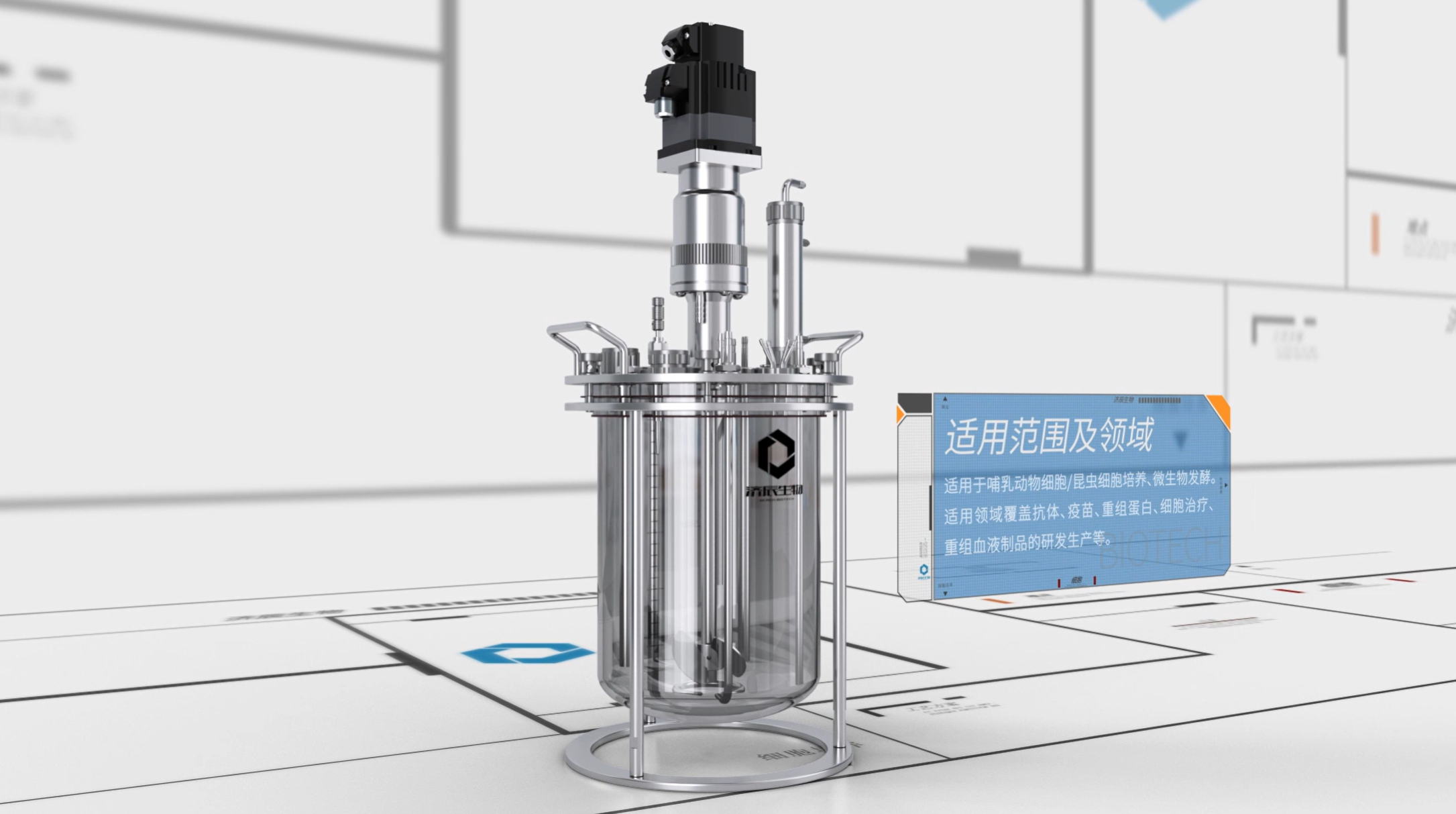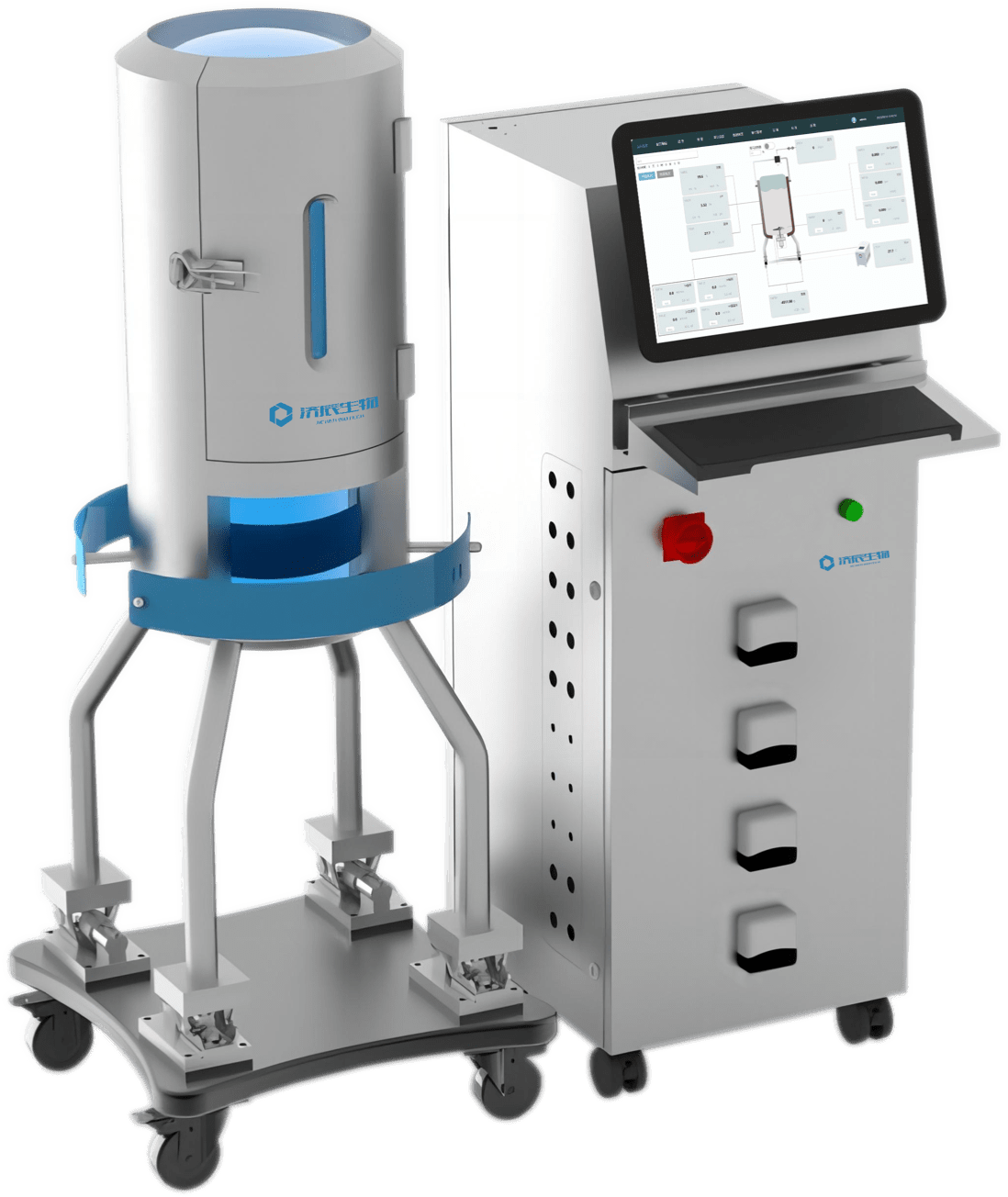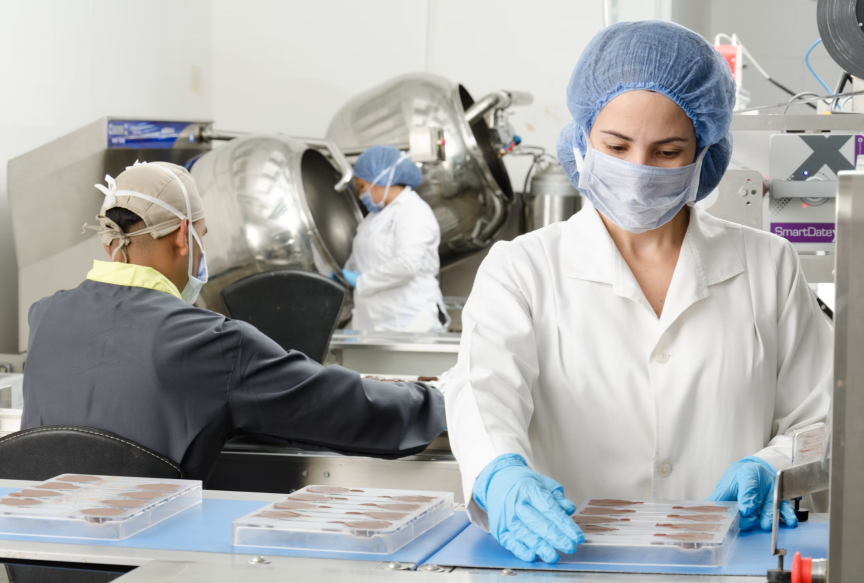Biopharmaceuticals is one of the most promising industries in the 21st century, in which bioreactor technology plays a pivotal role in biopharmaceutical production.Wave Bioreactor (Wave Bioreactor), as a new type of bioreactor, is widely used in the field of biopharmaceuticals with its unique advantages. In this paper, the principle of Wave Bioreactor and its application in biopharmaceutical field will be introduced in detail.
Principle of wave bioreactor
1. Overview of wave bioreactor
The wave bioreactor is a kind of bioreactor based on the principle of wave mixing, and the core component of which is a wave generator. Compared with the traditional stirred bioreactor, wave bioreactor has the following advantages: simple structure, easy operation, low shear force, high dissolved oxygen efficiency, low risk of contamination, and so on.
2. Working Principle
(1) Wave generator: the wave generator is located at the bottom of the reactor The wave generator is located at the bottom of the reactor, which generates waves by rotating to form a circulating flow of culture liquid in the reactor.
(2) Oxygen dissolution: The wave action makes the culture liquid in full contact with the air, which improves the oxygen dissolution efficiency. At the same time, the wave produces less shear force, which is favorable to cell growth.
(3) Mixing: wave flow makes the culture solution mix evenly in the reactor, which is favorable for the transfer of nutrients and metabolic waste.
(4) Temperature control: Precise temperature control inside the reactor is realized by jacket or built-in heating/cooling device.
Applications in the field of biopharmaceuticals
1. Cell culture
is applied to the culture of animal cells, plant cells and microbial cells. In biopharmaceutical production, cell culture is a critical step. It provides a good growth environment for cells, which is conducive to increasing cell density and product expression.
2. Genetically engineered drug production
Genetically engineered drugs are an important biopharmaceutical component. Applications in the production of genetically engineered drugs are mainly reflected in the following aspects:
(1) Improvement of expression of recombinant proteins: High-density cell culture can be achieved by optimizing the cultivation conditions, which can improve the expression of recombinant proteins.
(2) Reducing production cost: the production process is simplified, and the investment in equipment and operation cost are reduced.
(3) Improve product quality: the wave bioreactor produces less shear force, which is conducive to maintaining the activity of recombinant protein.
3. Vaccine production
Wave Bioreactor Reactors are increasingly used in vaccine production, especially in the production of influenza vaccine and recombinant hepatitis B vaccine, which have achieved remarkable results. Compared with traditional vaccine production methods, Wave Bioreactor has the following advantages:
(1) Shorten the production cycle: Wave Bioreactor can realize high-density cell culture and accelerate the speed of vaccine production.
(2) Improve vaccine purity: by optimizing the culture conditions, it is conducive to improving vaccine purity.
(3) Reduce production costs: simplify the production process, reduce equipment investment and operating costs.
Wave bioreactor, as a new type of bioreactor, has a wide range of application prospects in the field of biopharmaceuticals. With the continuous development of biotechnology, wave bioreactor will play an increasingly important role in biopharmaceutical production. China's biopharmaceutical enterprises should increase the research and development of wave bioreactors to promote the high-quality development of the biopharmaceutical industry.
